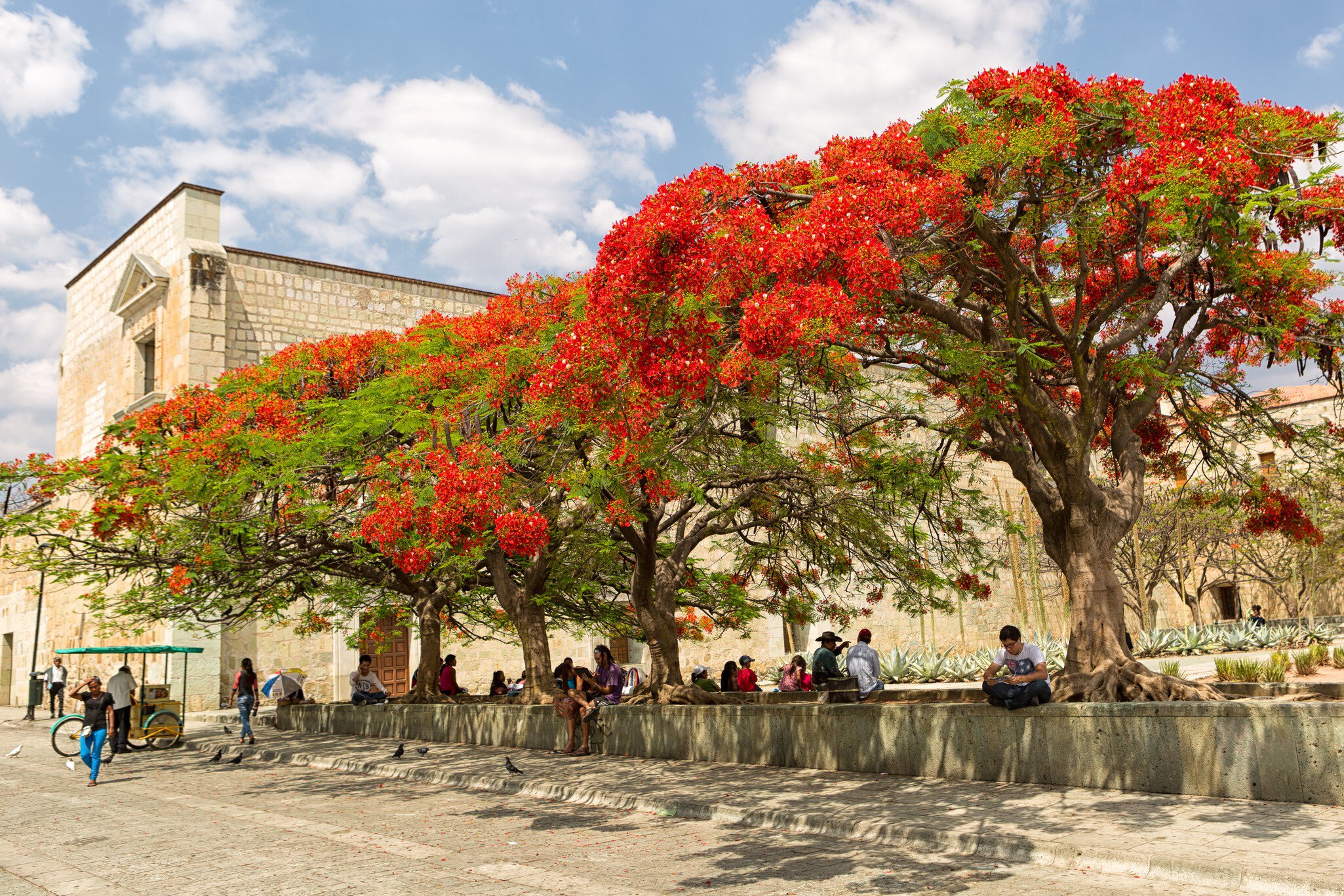

Getty Images/iStockphoto
Overview
Grand, brooding and powerful, nature’s fingers have sculpted the Marquesas Islands into sharp silhouettes that jut up dramatically from the cobalt-blue ocean. Waterfalls taller than skyscrapers trickle down vertical canyons, the ocean thrashes towering cliffs, basalt pinnacles project from emerald forests, and scalloped bays are blanketed with desert arcs of white or black sand.
Plan your trip with Guide, an AI travel planner!
Create a personalized trip itinerary in seconds using artificial intelligence.
Must-see attractions
in partnership with getyourguide





